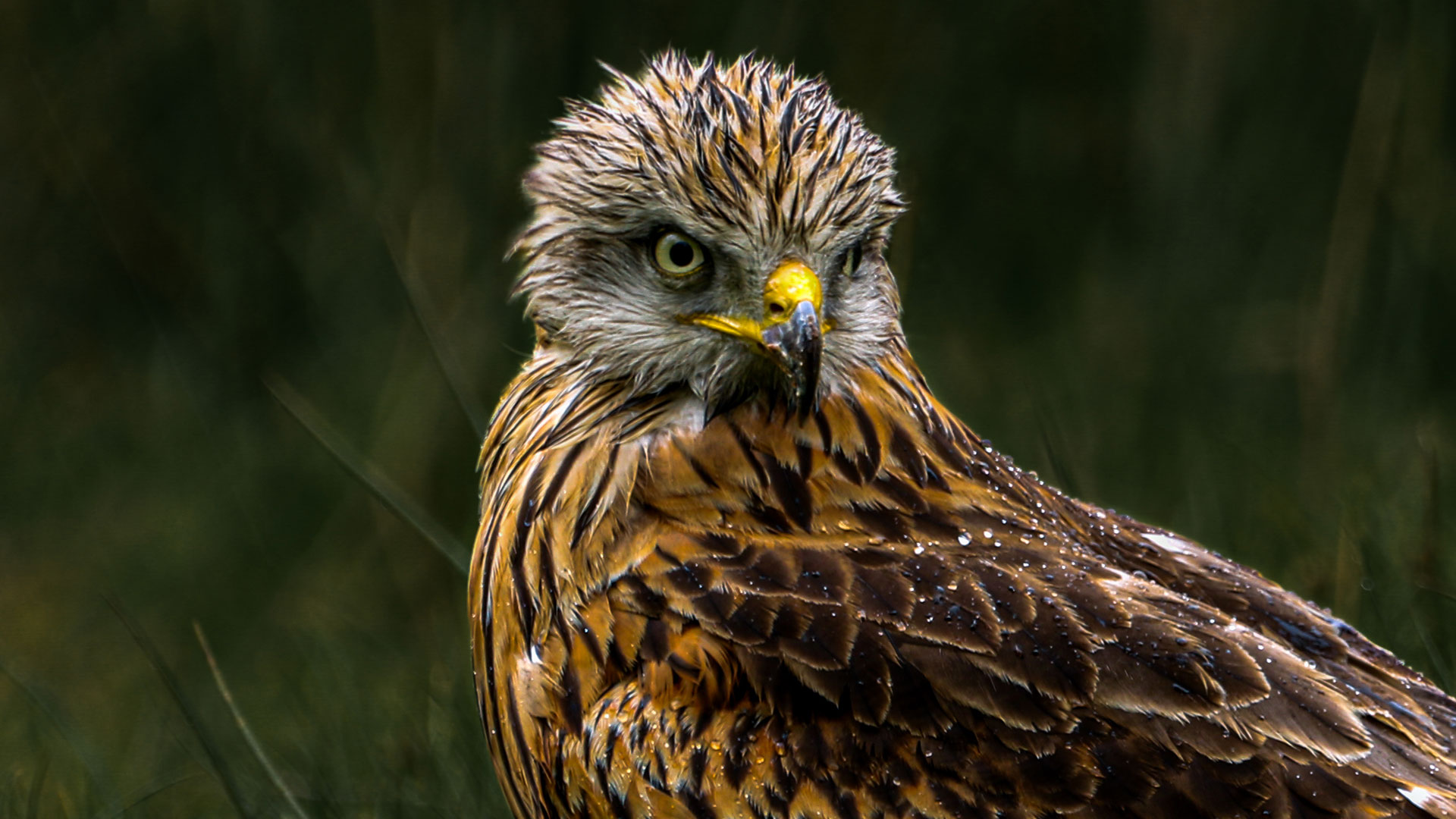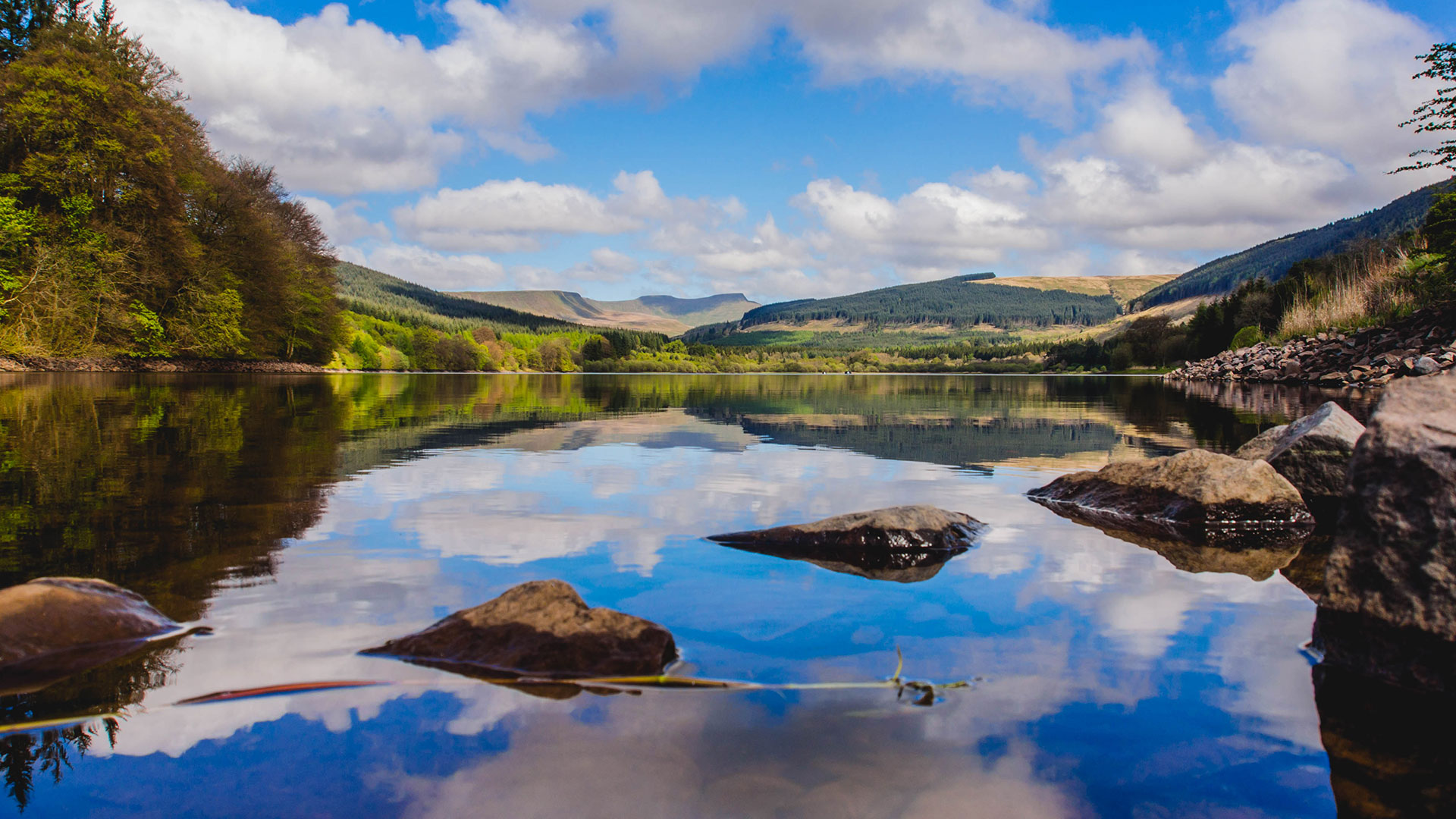Our special qualities
Bannau Brycheiniog (Brecon Beacons) National Park has ten defined special qualities grouped around landscape, community, experiences, and wildlife. Because these special qualities are often felt rather than rationally processed through statements of policy, we have asked local poets and artists to respond to the special qualities, to help speak to the emotive sense of what makes the Park special.
All National Parks, in the UK and indeed across the world are valued for the ‘beauty’ of their landscape, in Welsh we call this tir lun. Although ‘natural beauty’ is a term that is used often when talking about National Parks and landscapes, it is often very narrowly thought of as simply the picturesque, which in turn gives a generalised perception that National Parks exist to preserve the way an area looks, rather than also considering its underlying function.
Y Bannau: The Future takes a much broader definition of natural beauty ; one which encompasses a wide range of elements such as the presence of wildlife, cultural and heritage dimensions and perceptual elements not easily put into words. We also identify that our landscape is not ‘natural’ in the correct sense of the word. This place has been shaped and nurtured by people over millennia resulting in a landscape that owes its appearance to multiple human influences over millennia, including forest clearances, land enclosure, agriculture, drainage, forestry, religious practices, settlements, and water abstraction.
Our special qualities have been defined to give voice to the many elements of our Natural Beauty. We define these here to ensure that everyone understands what makes the Park so very special and worthy of national protection.
Natural Beauty
“Natural beauty”, when used both generally and specifically as in the 1949 National Parks and Access to the Countryside Act and other legislation, is a complex and multifaceted concept that is concerned with landscape in its broadest sense.
It relates primarily to unspoiled, but not necessarily extensive, rural landscapes that are largely free from the effects of disfiguring development or urbanisation. Although the legislation makes clear that it includes flora, fauna, geological and physiographic features, it applies not only to landscapes where nature is dominant but also to those which have been shaped and nurtured by human activities.
People perceive and appreciate “natural beauty” through all their senses, responding to many different aspects of the landscape, including its distinctive character its aesthetic qualities, the presence of wildlife, its cultural and historical dimensions and its perceptual qualities such as, for example, tranquility, remoteness and a sense of freedom. Perceptions of, and preferences for “natural beauty” are informed by people’s personal characteristics, cultural backgrounds and individual interests. “Natural beauty” occurs, to varying degrees, in many, though by no means all landscapes. Some places may, however, be judged to display “natural beauty” to an outstanding degree and may as a result be recognised as warranting a national level of protection.
Special Landscapes

Special Communities

Special Experiences

Special Nature










